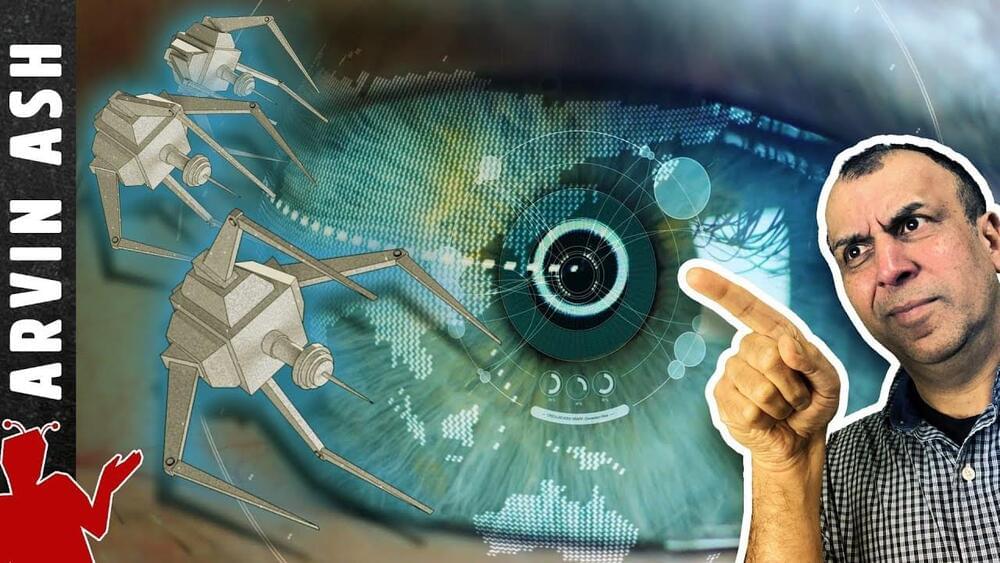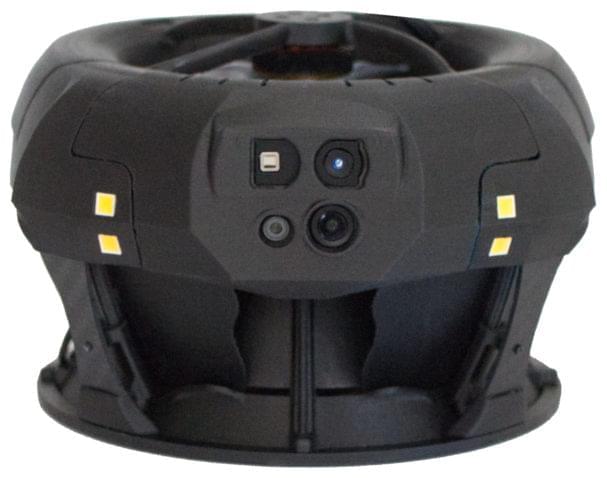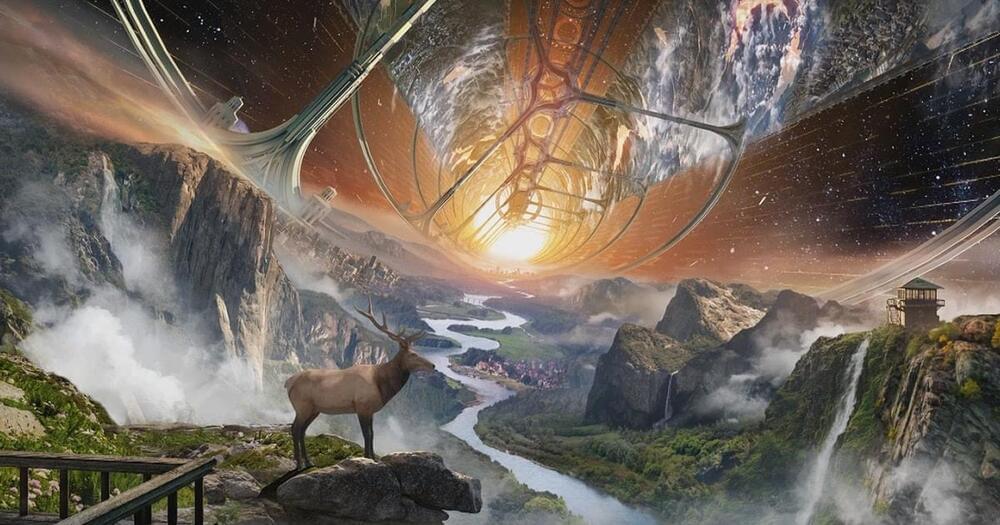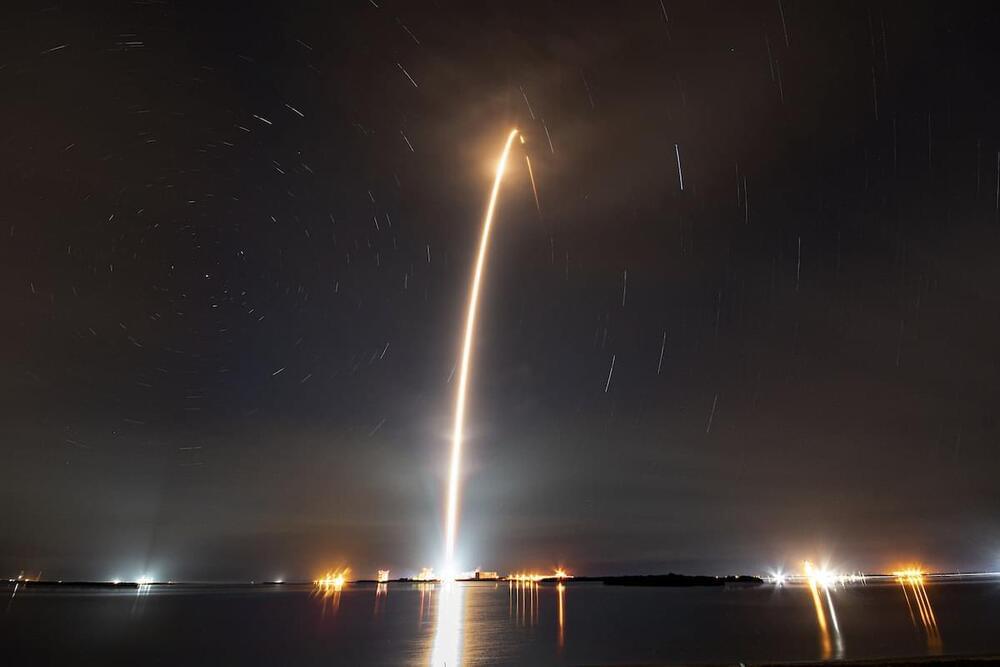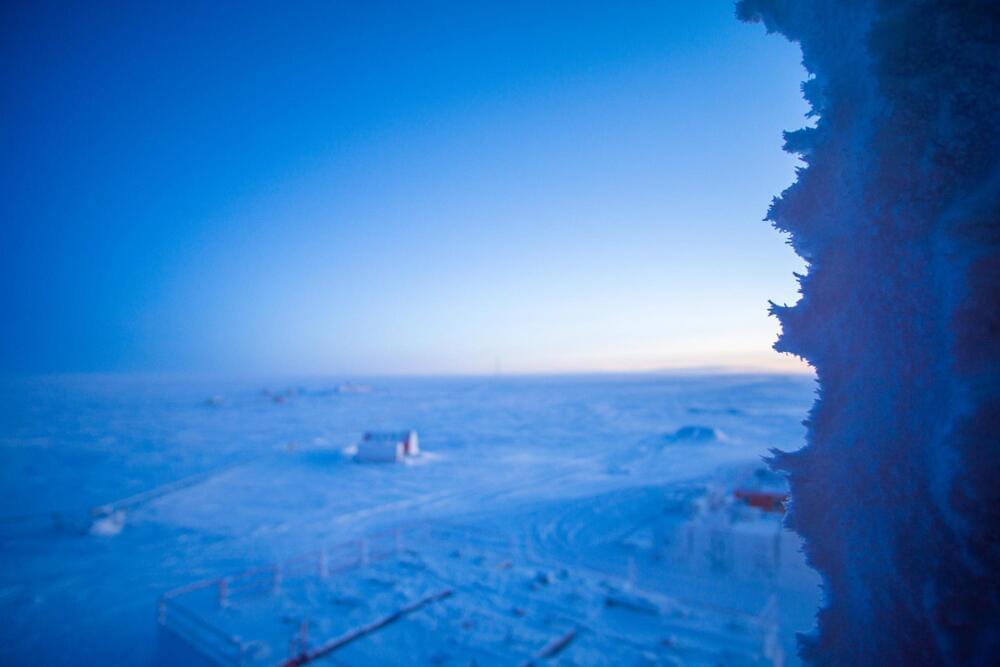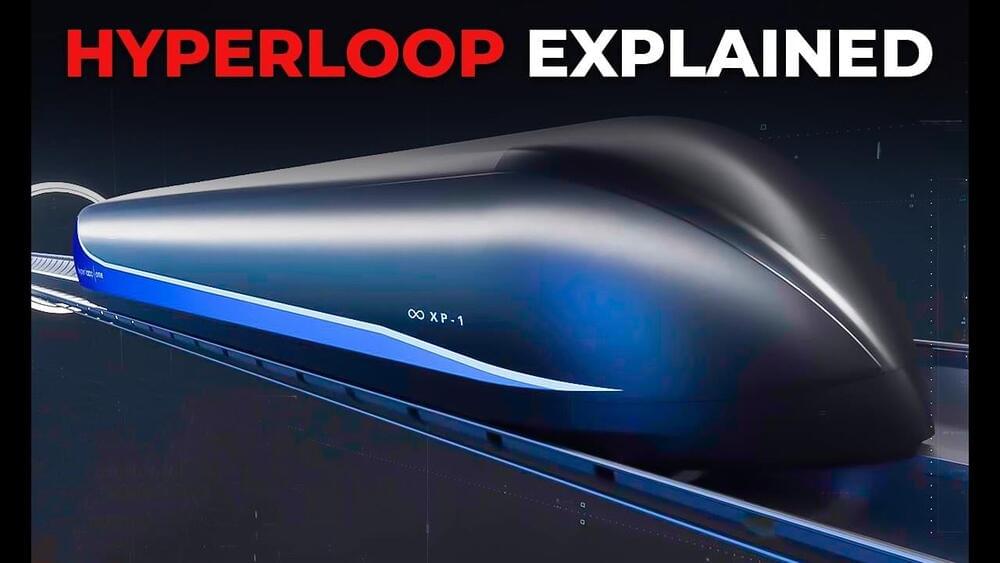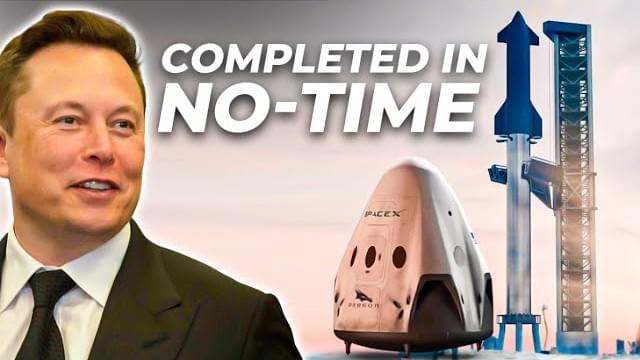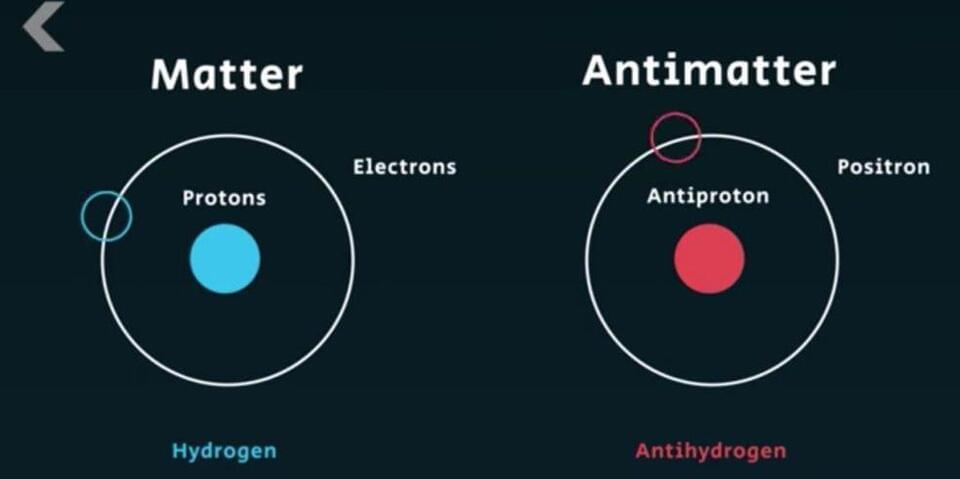Future predictions in 2019 are notoriously hard to make. What will life be like in 2050? Technology does not progress in a steady state, it accelerates.
And usually the technology advances faster than we can imagine it, let alone predict it. But still many predictions that were made in the past have turned out to be true, even though they were unimaginable at the time that the prediction was made.
In 1,865, Jules Verne, the author who wrote 20,000 leagues under the sea, and journey to the center of the earth, predicted that we would send people to the moon, and it would precisely 3 people, from of all places, Florida. And he even described weightlessness in space. He had no way to know 150 year ago how gravity would behave in space.
In 1909, Nikola Tesla, the inventor of the AC electrical system, predicted widespread use of personal wireless devices. This was over 100 years ago!
In 1987, the late Roger Ebert, famous movie critic, predicted video on demand dominating the entertainment industry. You have to remember, this was 30 years ago, a time when video cassette tapes were just getting popular.
What do these predictions have in common – they were all ridiculed at the time as foolish speculation. But of course, we now know that they were pretty much spot-on.
Let’s take a look at what I consider the top 10 most incredible predictions, from some of the world’s most renowned thinkers.
